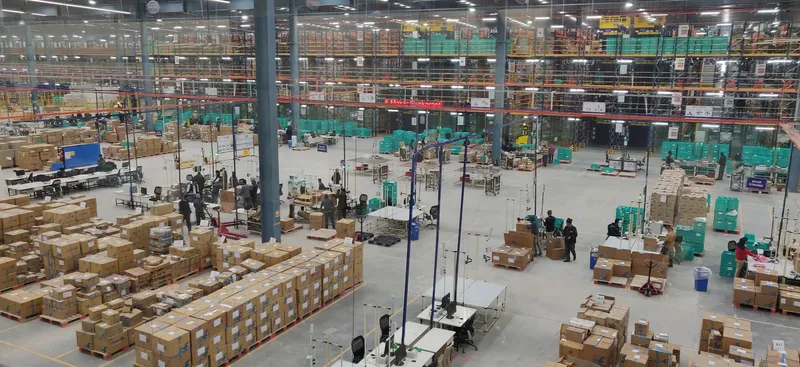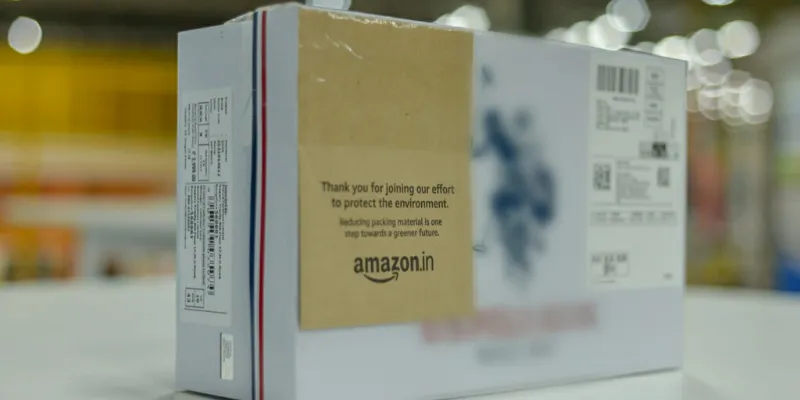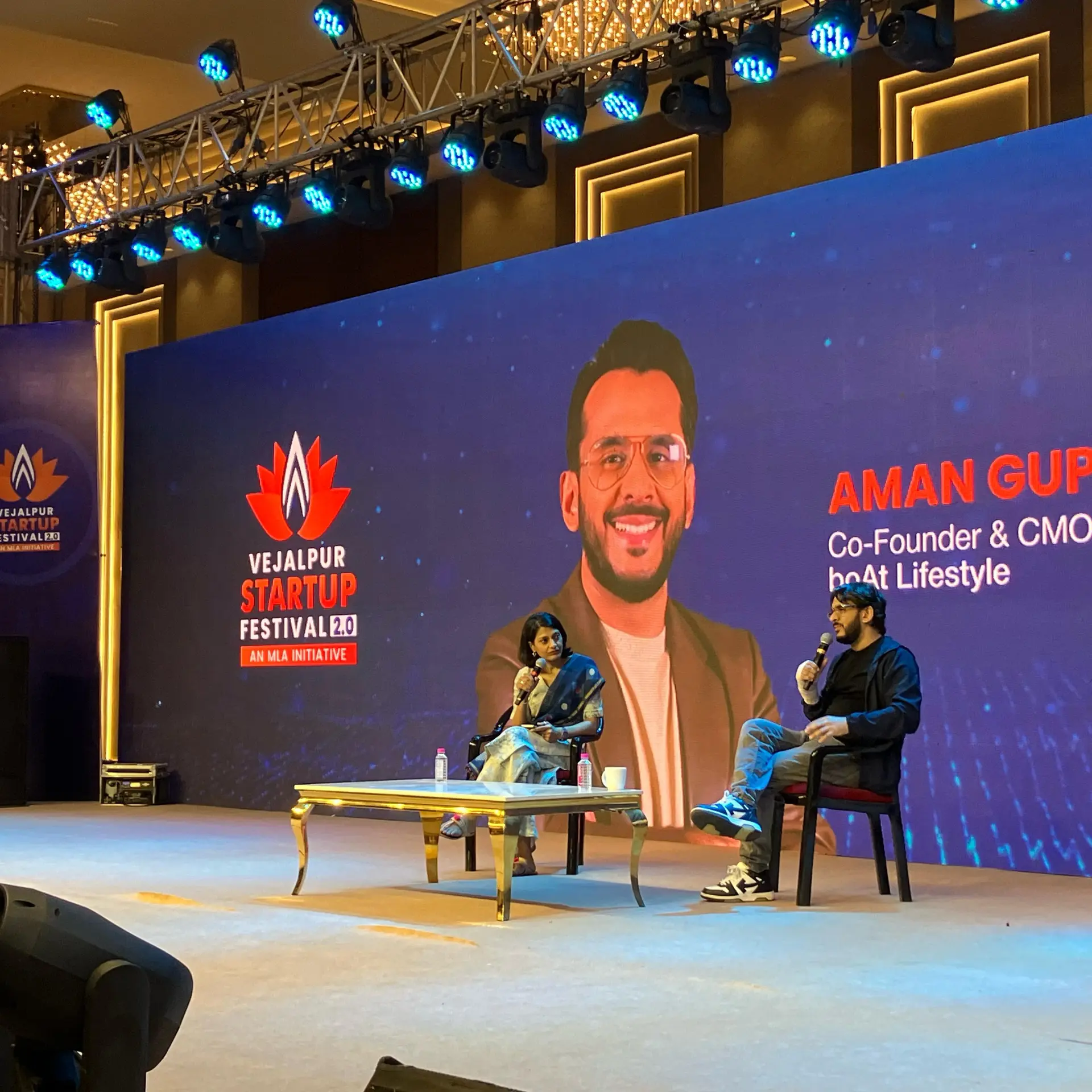Indian ecommerce industry triumphs against the odds in a pandemic
The year 2020 saw a lot of tectonic shifts for the Indian ecommerce industry, driven primarily due to the COVID-19 pandemic, and this has only enlarged the scope of this sector for 2021
The Indian ecommerce industry had certain defining moments this year, especially with the advent of the COVID-19 pandemic that literally disrupted its entire operations. The initial period of confusion gave way to the sector bouncing back to meet demands of a new normal.
and Amazon, two of the leading ecommerce companies in the country, were getting ready to make deeper inroads whilst also preparing for impending competition from Reliance.
However, then came the month of March, when the first of the lockdowns was introduced to curb the spread of COVID-19, resulting in major ecommerce disruption. The early days saw quite a bit of confusion throughout the nation, but larger players rose to the occasion as it meant an operation that was partly offline and partly online.
While the work from home environment suited many, those personnel in profiles like logistics or warehousing could not afford to do the same. At the end of the supply chain, there is a real need for the physical movement of goods.

Warehouse facility of Flipkart
Ankur Bisen, Senior Vice President, Retail and Consumer Products, Technopak, says, “It was a watershed moment for the ecommerce industry in India because there were shifts from both demand and supply side with this new normal.”
He further elaborated that from the demand side, there was a 30-40 percent growth of new shoppers on online marketplaces. These new consumers came onto the platforms purely due to necessity, and not because of marketing efforts by the ecommerce players.
COVID-19 effect
The nature of the COVID-19 pandemic also meant that there was a change in consumer behaviour. If electronics and mobile phones dominated the list of buying preference among consumers, a category that started to gain prominence was grocery. This was primarily due to the lockdown.
At present, Amazon and Flipkart are expanding their grocery category to suit the needs of a diverse population. The entry of a large conglomerate like Reliance Industry, launching its ecommerce platform JioMart in May this year with a host of grocery options, is also telling of the demand in these times.
Experts believe that the grocery market category will be a difficult puzzle to solve for the Indian ecommerce companies as the segment is riddled with many complexities. And while it is a high-volume game, the profit margins are very thin.
A big litmus test for the industry was the festive season. This period gave a sense of how companies geared up for changing consumer behaviour, and transformed according to the demand. Vehicular restrictions and a struggling economy also added to this year’s list of complexities.

Amazingly, the performance of the ecommerce industry surpassed all expectations. in its report said the gross ecommerce sale starting from mid-October till November, touched $8.3 billion as compared to $5 billion in 2019. It had earlier estimated that the festive season would bring in $7 billion in gross sales.
In a similar vein, Unicommerce, an ecommerce focused SaaS company, said the industry had reported 56 percent growth in order volume as compared to the festive season last year. The increasing order volume also led to a 50 percent growth in gross merchandise value (GMV), as compared to last year’s festive season.
Kapil Makhija, CEO, Unicommerce, said, “The festive season is the most important and opportunistic time of the year for the ecommerce industry and this year was all the more special because the world continues to deal with the pandemic. This festive period (mid October to November), we have seen ecommerce grow beyond expectations, and it is interesting to see new emerging categories like personal care, beauty and wellness continuing their growth trajectory even during the festive season.”
Boost from Tier-II cities and beyond
The festive season also saw increased participation from consumers belonging to Tier-II cities and beyond, a view shared by many observers across the industry.
Flipkart, at the conclusion of this year’s festive season sale, said the company recorded over 666 million visits during the Big Billion Days sale, and 52 percent of these were from the Tier-III cities and beyond.
Even RedSeer Consulting noted that the festive season for this year saw 88 percent customer growth from last year, driven by about 40 million shoppers from Tier-II+ cities.
In parallel to this growth of new consumers from smaller towns is the emergence of many direct to consumer (D2C) brands. This trend shows that smaller companies with its own range of products do not depend on large online marketplaces anymore for reach or access to customers. Smart positioning of products along with innovative marketing campaigns mean they are able to build their own customer base.
According to Kapil, “with rising consumer demand on brand websites, brands are now committed towards going D2C and offering great deals to attract more consumers.”

This year also saw an increase in traditional retail players getting on to the ecommerce bandwagon. Ankur of Techopak says, “various retail majors have started to accept the ecommerce route and they have witnessed an increase in online sales.”
This trend is only going to be strengthened as omnichannel mediums will be the larger theme for sales in 2021. There expects to be a mutual coexistence between online and offline players, with each feeding off the other.
Future
The future seems both promising and challenging for the Indian ecommerce industry. The year 2021 is likely to see the sector be more watchful about policy pronouncements, especially new ecommerce policies. Also, the industry will try to onboard more small players to enable a deeper reach into the country.
Competition is sure to be heightened, especially as Amazon, Flipkart, JioMart and even Tata, reportedly getting ready to make a big impact.
When queried about the regulatory environment and competition, Walmart CEO Douglas McMillon recently remarked at a investor call organised by Morgan Stanley, “we've operated in India for more than a decade and have experienced that. Did we know that Reliance and Amazon, and I'm sure many others, will be super aggressive? Absolutely. But we are too.”
The market opportunity is huge and competition is going to be intense for the Indian ecommerce industry. But, the only winner out of this will be the consumer.
Edited by Anju Narayanan










